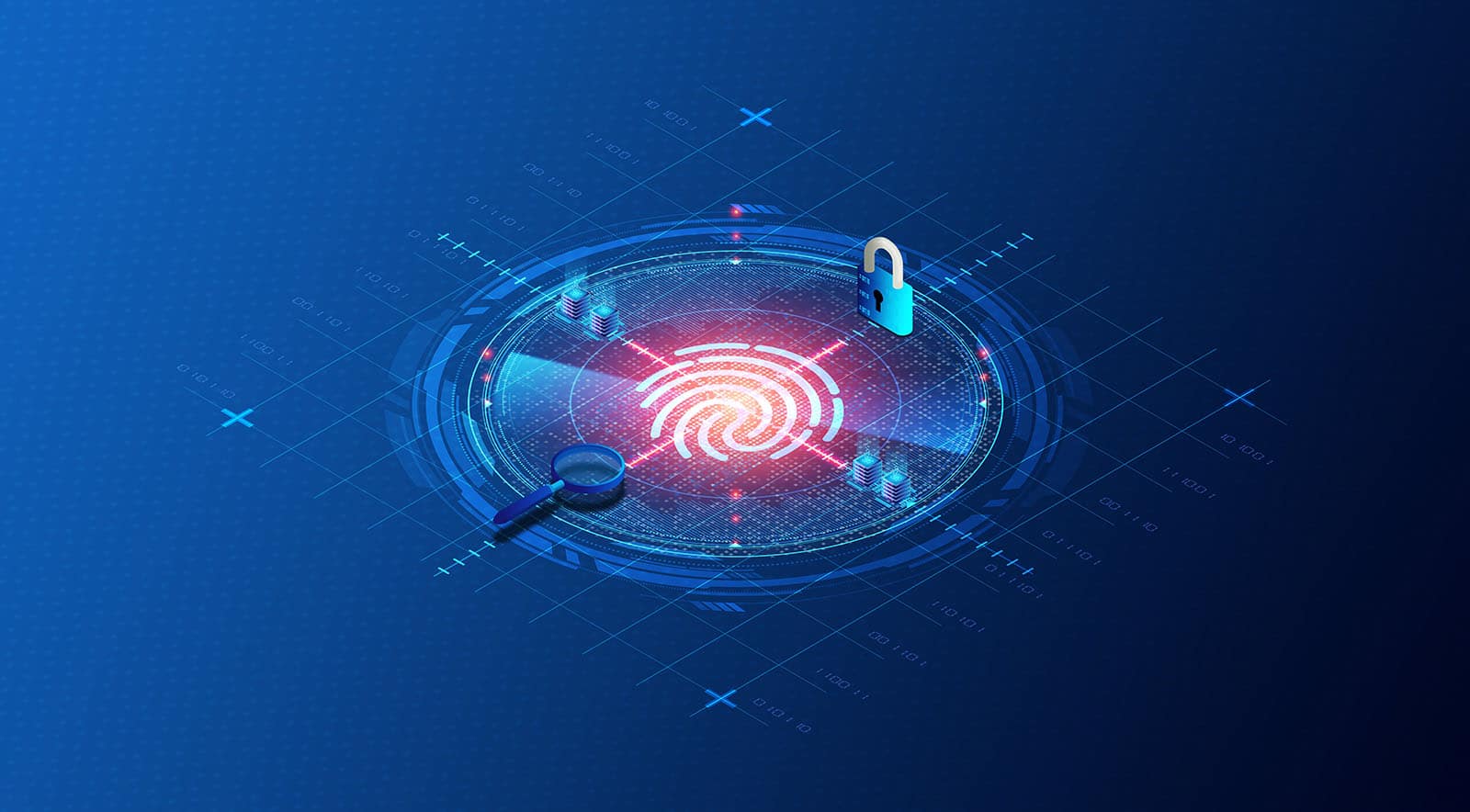In cybersecurity and fraud prevention, timing is everything. When a fraudulent transaction, cyberattack, or compliance violation is discovered, it often surfaces weeks—or even months—after it happens.
By then, the digital trail investigators need has gone cold. Traditional IP intelligence tools only provide a snapshot of where an IP address is right now, offering little help in reconstructing what happened in the past.
This gap in visibility leaves investigators and analysts at a disadvantage. Without access to historical IP intelligence, it’s nearly impossible to validate location claims, uncover fraud patterns, or detect whether anonymizing tools like proxies and VPNs were in play at the time of the incident. The result: slower investigations, weaker evidence, and greater risk exposure for organizations across industries.
Why Historical IP Data Matters
Every IP address tells a story—but most tools only show the ending. Fraudsters know this and exploit the blind spots in traditional IP intelligence. They use residential proxies to mimic legitimate users, VPNs to mask their true locations, and shared infrastructure to hide within normal traffic.
Historical IP data gives investigators the missing context they need to:
- Reconstruct events by seeing where an IP was, not just where it is.
- Detect masking tactics like proxy or VPN use during critical time windows.
- Uncover fraud patterns by connecting activities across weeks or months.
- Validate or disprove claims tied to timing and location, such as disputed transactions or insurance claims.
With this historical lens, fleeting online activity becomes actionable, evidence-backed insight.
Closing the Gap with IP Forensics
IP Forensics is the industry’s first and only comprehensive historical IP intelligence platform. Backed by more than 24 months of queryable IP history, it equips cybersecurity teams, and fraud specialists with the ability to trace an IP address’s journey over time.
Unlike conventional IP lookup tools, IP Forensics reveals where an IP has been, the types of networks it used, and whether anonymization services were involved—at the exact points in time that matter most to your investigation.
Core Advantages:
- Historic Lookback: Trace IP address behavior patterns across 24+ months.
- Proxy/VPN Intelligence: Detect masking services with detailed provider insights, not just binary “yes/no” flags.
- Flexible Access: Run single IP lookups via API or process large datasets for batch investigations.
- Context-Rich Insights: Combine location history with activity characteristics to strengthen investigative accuracy.
Who Benefits from IP Forensics
- Legal & Compliance Teams: Support litigation, audits, and sanctions reviews with reliable historic IP geolocation and masking detection.
- E-Commerce & Digital Platforms: Validate transaction origins, reduce chargebacks, and uncover high-risk behavior through historic IP insights.
- Cybersecurity & Forensics Teams: Reconstruct incident timelines, reveal threat actor infrastructure, and flag malicious patterns earlier.
The Bottom Line
Cybercrime thrives in the blind spots left by conventional IP intelligence. IP Forensics closes that gap by giving organizations the ability to look back in time, reconstruct digital journeys, and uncover the truth behind every IP address.
Because sometimes, the past holds the key to solving the present.
Want to learn more? Visit https://www.digitalelement.com/ip-forensics/.
Frequently Asked Questions about IP Forensics
If you’re exploring how historical IP intelligence can strengthen cybersecurity, fraud prevention, or compliance efforts, these FAQs explain what IP Forensics is, how it works, and how organizations use it to uncover digital truth.
What is IP Forensics?
IP Forensics is a historical IP intelligence platform that lets cybersecurity, fraud, and compliance teams trace an IP address’s activity over time.
Why is historical IP data important for investigations?
Incidents often surface long after they occur. Historical IP data helps investigators reconstruct what happened, validate claims, and reveal masking tactics.
How far back does IP Forensics’ data go?
The platform provides over 24 months of queryable IP history, covering changes in network type, region, and anonymization status.
How is IP Forensics different from a standard IP lookup?
Standard tools show where an IP is now. IP Forensics shows where it has been, offering continuity and behavioral context.
Can IP Forensics detect VPNs and proxies?
Yes. It identifies when masking services were active and which providers were involved, adding valuable context to investigations.
Who uses IP Forensics?
Cybersecurity analysts, fraud prevention teams, and legal or compliance professionals rely on it to validate events and strengthen evidence.
How does IP Forensics help prevent fraud?
It links suspicious activity to historical patterns, revealing repeat offenders and coordinated fraud networks.
How do organizations access IP Forensics data?
Users can query data through an API for automation or run bulk analyses for large investigations.
Is IP Forensics privacy-compliant?
Yes. It focuses on network-level intelligence, not personal data, and complies with global privacy standards.
What industries benefit most from IP Forensics?
E-commerce, fintech, cybersecurity, and legal/compliance sectors gain the most value from historical IP visibility.
How does IP Forensics improve digital investigations?
It provides a time-based perspective, connecting location, masking, and behavioral data into a coherent story.
